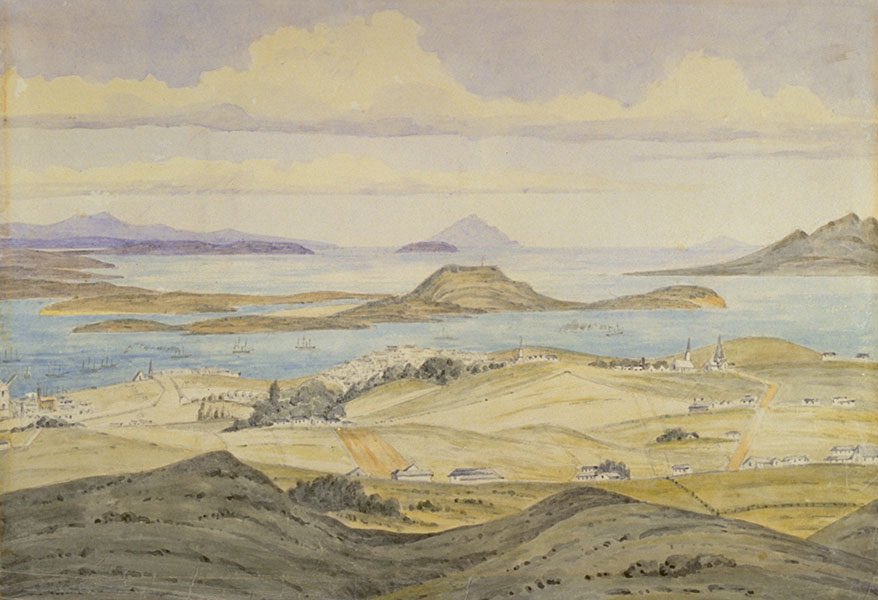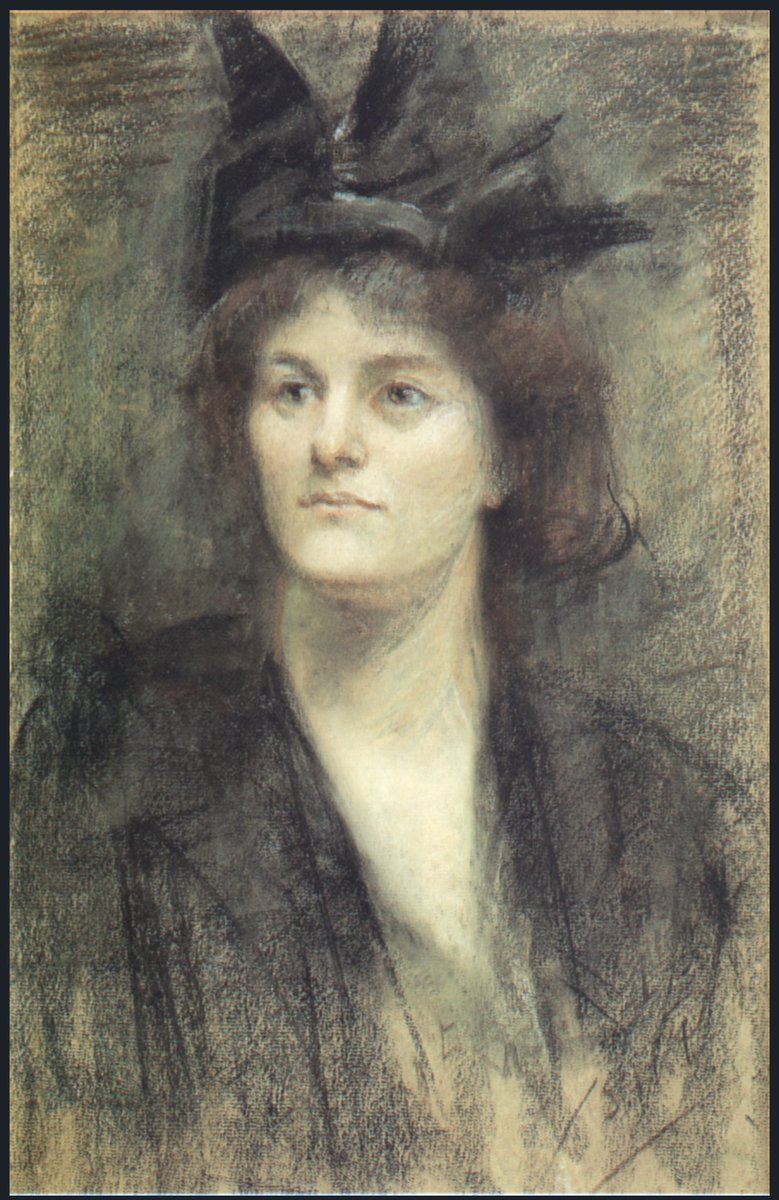
Michael Davitt, refugee, physically disadvantaged, revolutionary, agrarian agitator, parliamentarian, journalist, author and servant of his people was born #OnThisDay 175 years ago in Sraide, #Mayo
@davittmuseum @visitmayo @mayotourism @MayoTrails @MayoDotIE #GlobalIrishNation
@davittmuseum @visitmayo @mayotourism @MayoTrails @MayoDotIE #GlobalIrishNation

2) Davitt was born during the #GreatFamine into a family of #Irish speaking tenant farmers who were evicted from their land when he was just 4 years old
#IrishHistory
#IrishHistory

3) Landless, Davitt’s family were now economic refugees and opted to leave their home first to #Liverpool and then onwards to Haslingden a cotton milling town in #Lancashire 

3) Landless, Davitt’s family were now economic refugees and opted to leave their home first to #Liverpool and then onwards to Haslingden a cotton milling town in #Lancashire 

4) Davitt started working in the mills at 9 years of age. Two years later his arm got caught in mill machinery and had to be amputated. Sadly child labor and mill maimings were not unusual in #Victorian #England 
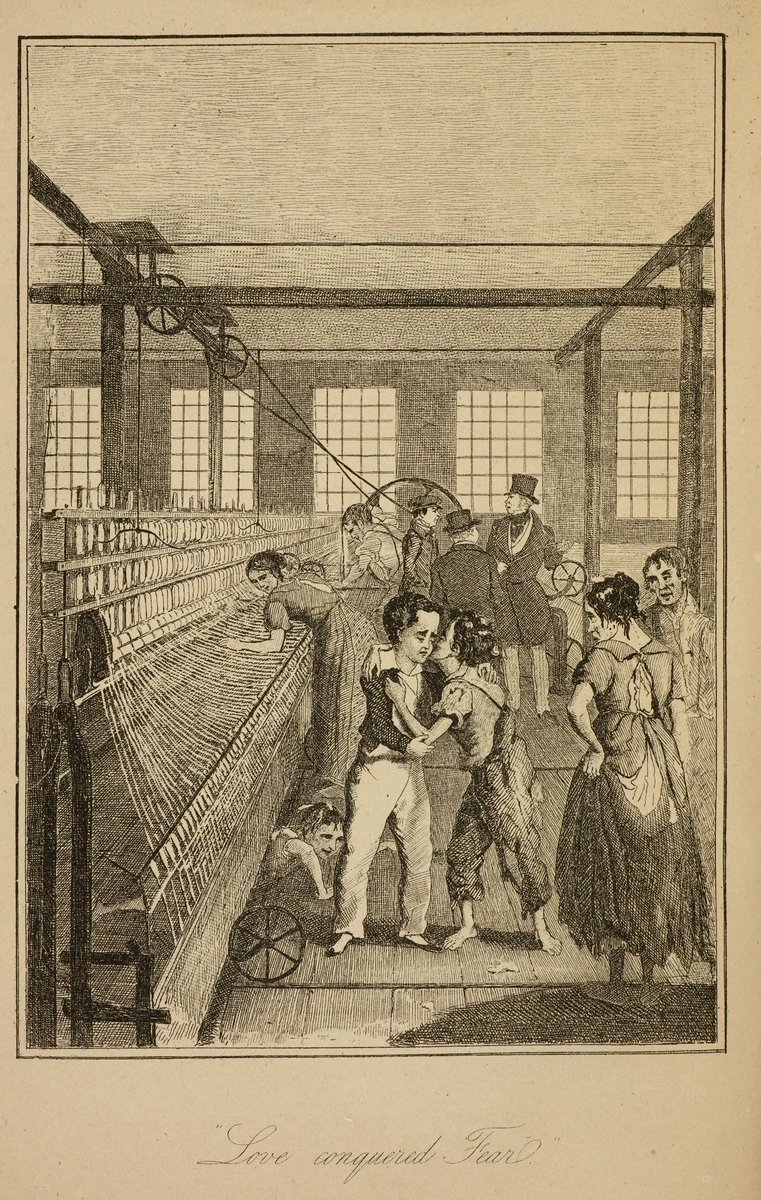
5) Davitt was more fortunate than many injured children as a local philanthropist arranged for his education at a Wesleyan school. By 1861, Davitt secured a job at Haslingden’s post office/ printer
6) During this period, Davitt appears to have been deeply influenced by the Chartist movement which was agitating for universal male suffrage 

7) Davitt’s increasing radicalization led him to become a member of the Irish Republican Brotherhood which was dedicated to the armed overthrow of British rule in #Ireland 
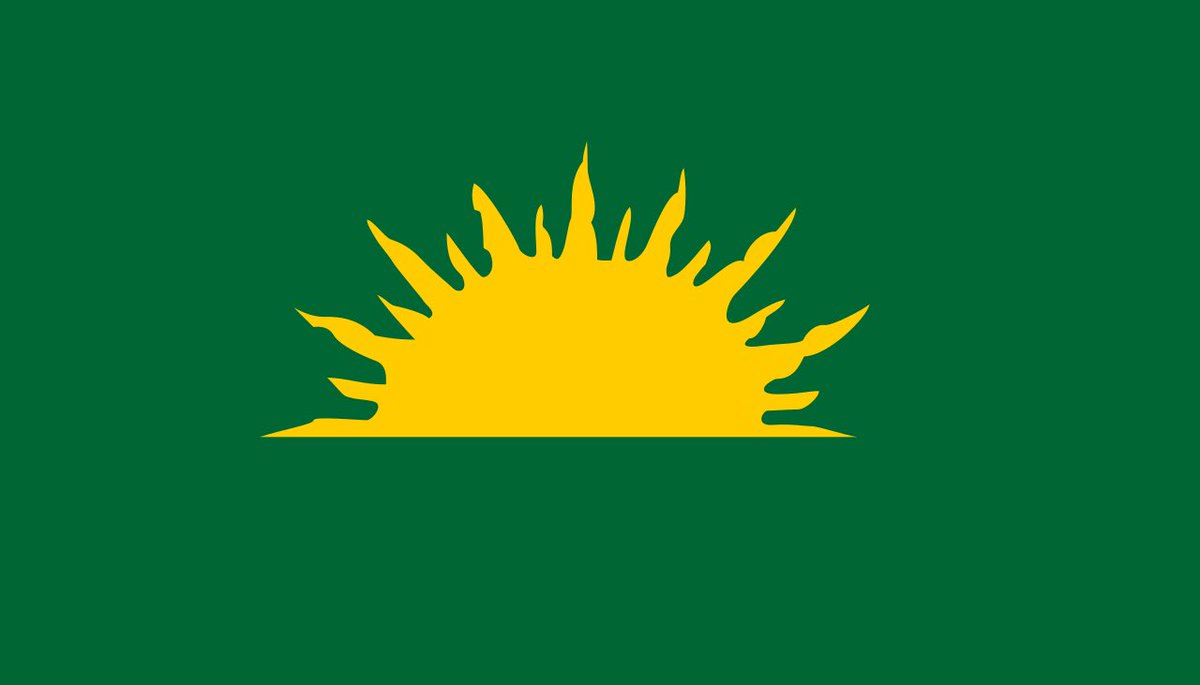
8) Davitt’s activities with the IRB would result in his arrest and conviction of treason felony at the Old Bailey with a sentence of 15 years in 1870 

9) Davitt would serve more than 7 years of his sentence, the bulk of which was spent in the notorious #Dartmoor prison. The harsh prison regime would permanently scar his health. In 1877, he was released under political pressure from the #Irish Home Rule Party 

10) On his return to #Ireland, Davitt began writing and speaking of his life experiences to public acclaim. He returned to #Mayo in 1878 and it was there that he began a political transition to an emphasis on land reform 

11) Davitt was central to the establishment of the Irish Land League in 1879 with Charles Stuart Parnell as President and Davitt as one of the organizations three secretaries. The new organization agitated for fairer treatment of #Irish tenant farmers 
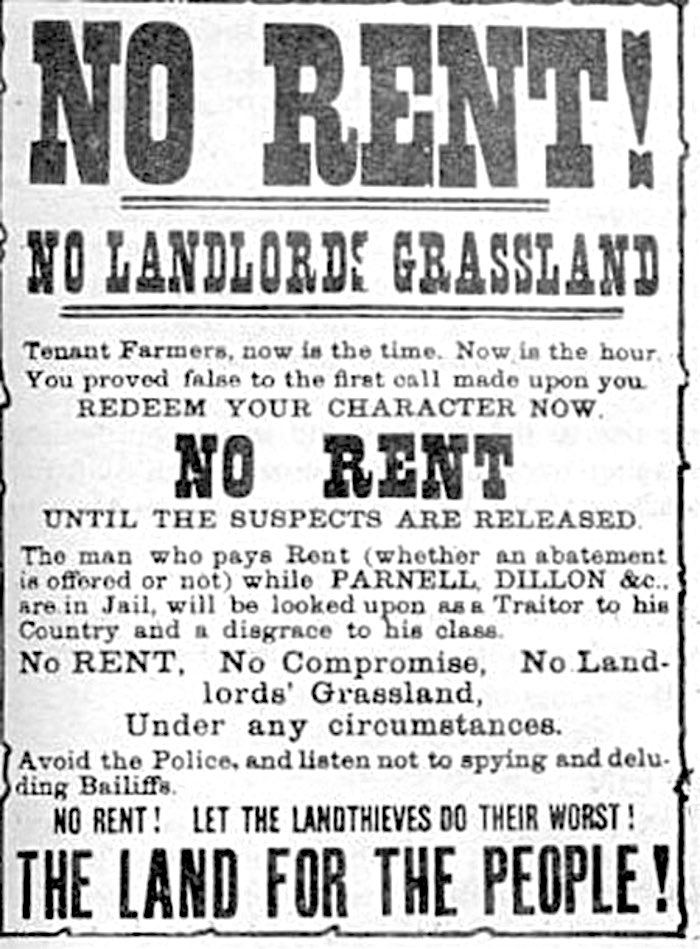
12) The Land League would achieve a notable success with the shunning action against Charles Boycott in #Mayo in 1880. Davitt worked to establish branches of the organization across #Ireland and travelled to America on fundraising speaking tours
https://twitter.com/irishstewcast/status/1370314736684908544
13) While the Land League was non violent in nature, the associated agitation would unsurprisingly spill over into violence. The #British government would respond with the heavy handed Coercion Acts which would result in the reimprisonment of Davitt at Millbank in #London 

14) While imprisoned, Davitt would be elected to Parliament in a #Meath by election in 1882. The outcome would be disqualified by his status as prisoner. Parnell and many members of his IPP party would also be imprisoned 
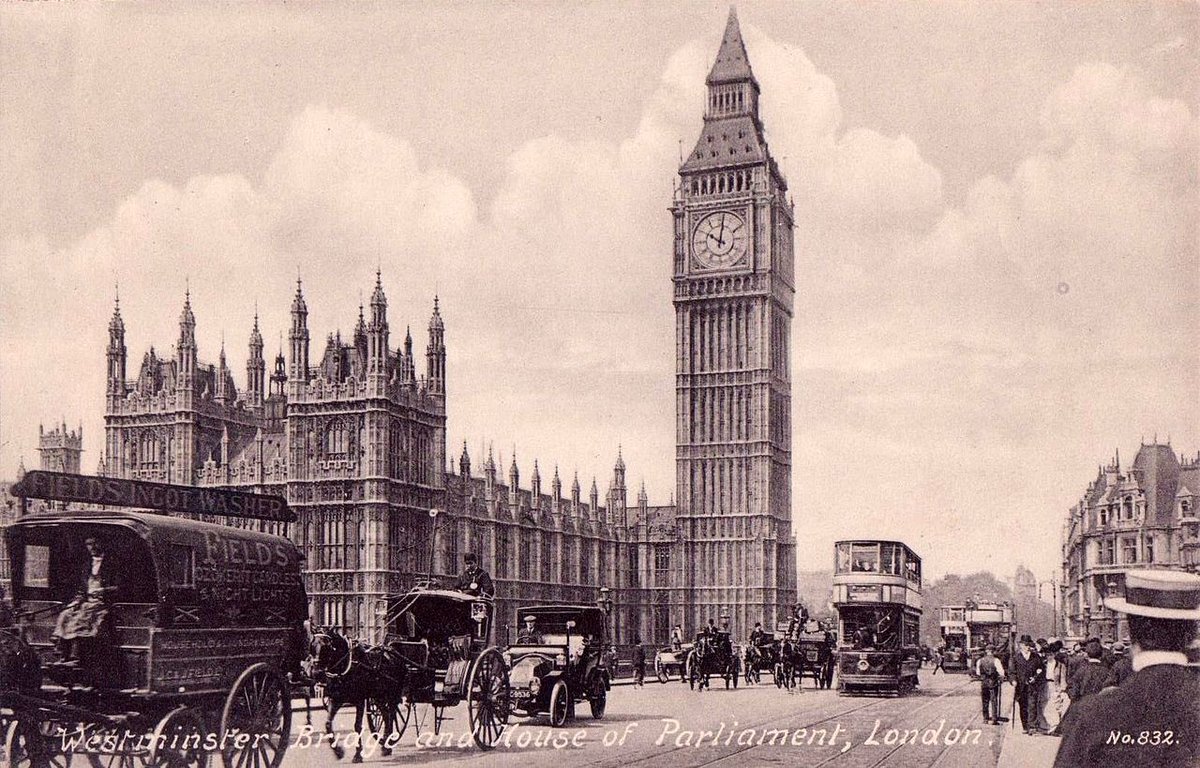
15) The impasse between the #British government and supporters of the Land War was resolved with the Kilmainham Treaty in 1882. The agreement would spell the end of the Land League and result in a cooling of relationship between Parnell and Davitt
15) Increasingly Davitt’s career would focus on speaking, traveling and writing. He would marry Mary Yore an Irish American woman in 1886. Together they would have 5 children 
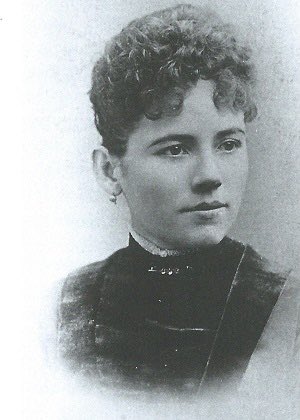
16) Davitt was elected to Parliament in 1893 and spoke in favor of Home Rule. However personal bankruptcy would force him to resign to put his finances in order. Davitt would return to #Westminster in 1895 
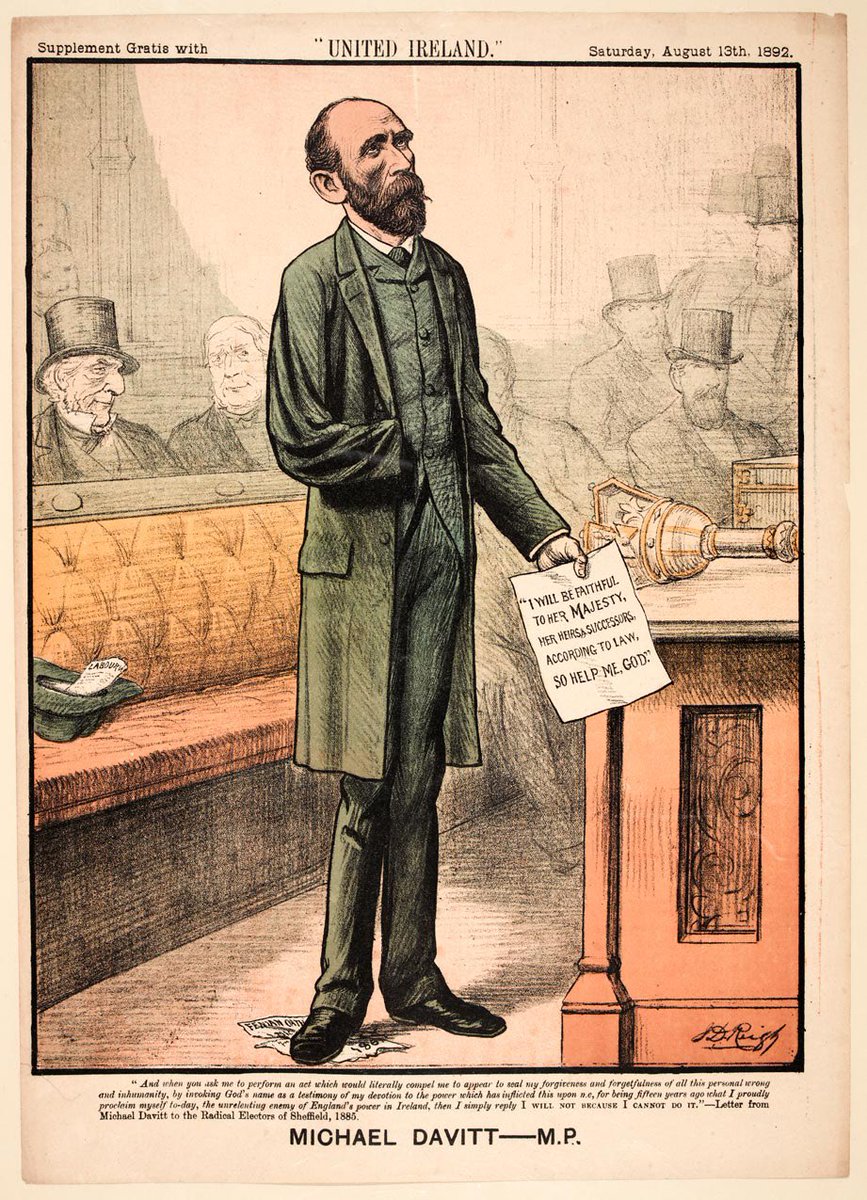
17) Davitt would virulently oppose the 2nd Boer War (1899-1902) in #SouthAfrica. He resigned his seat in Parliament in protest and in 1900 travelled for three months in the conflict zone visiting Irish troops serving in Boer units 

18) Davitt continued to play a role in the Irish land movement but the struggle was increasingly dominated by the IPP whose conservative approach was at odds with Davitt’s left wing radicalism
19) Davitt died prematurely in 1906 as a result of septicemia caused by a botched tooth extraction. He is buried in Sraide in #Mayo. For more on Davitt, @DIB_RIA provides a fine detailed biography at => dib.ie/biography/davi…
@davittmuseum
@davittmuseum
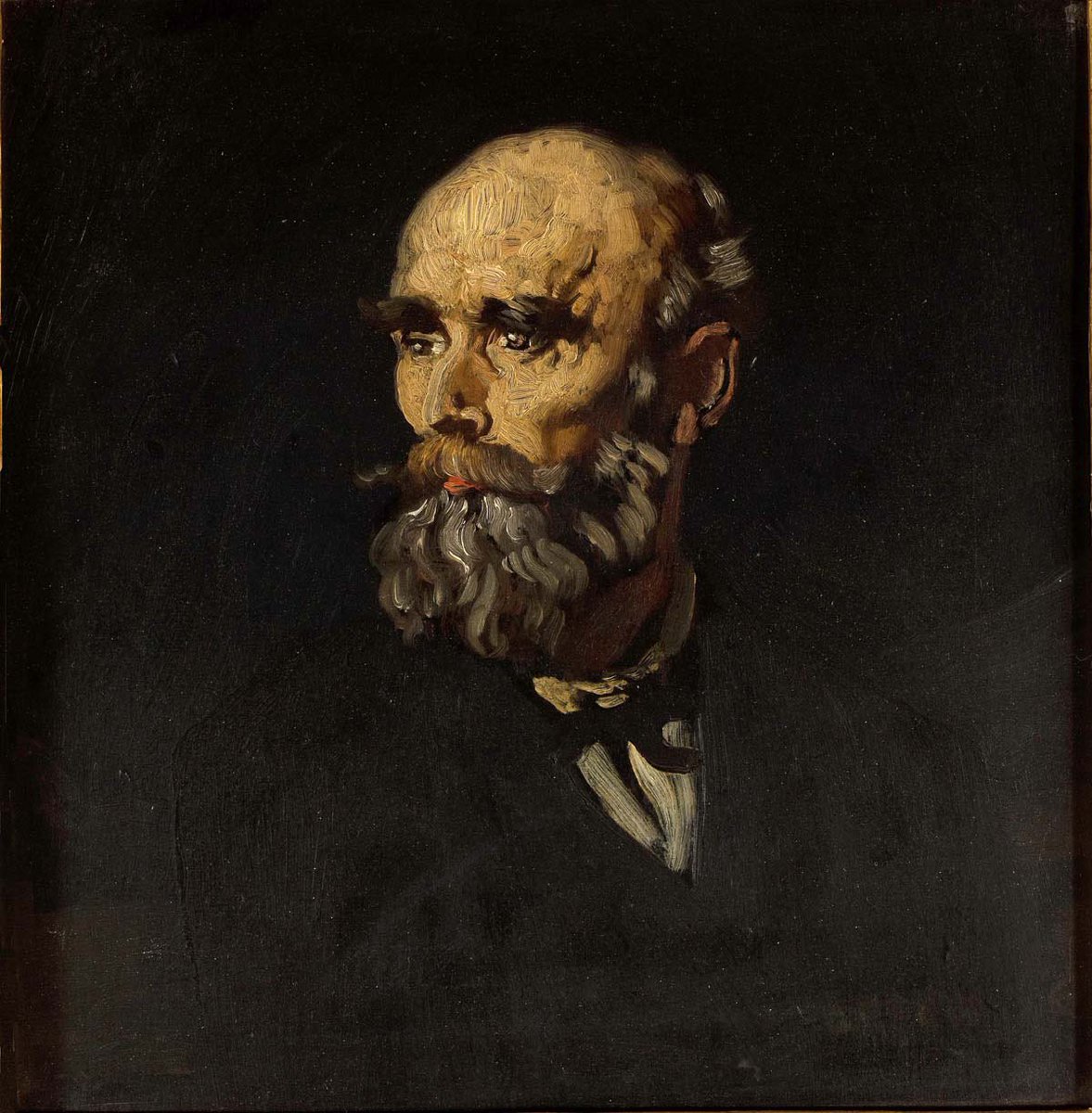
• • •
Missing some Tweet in this thread? You can try to
force a refresh


